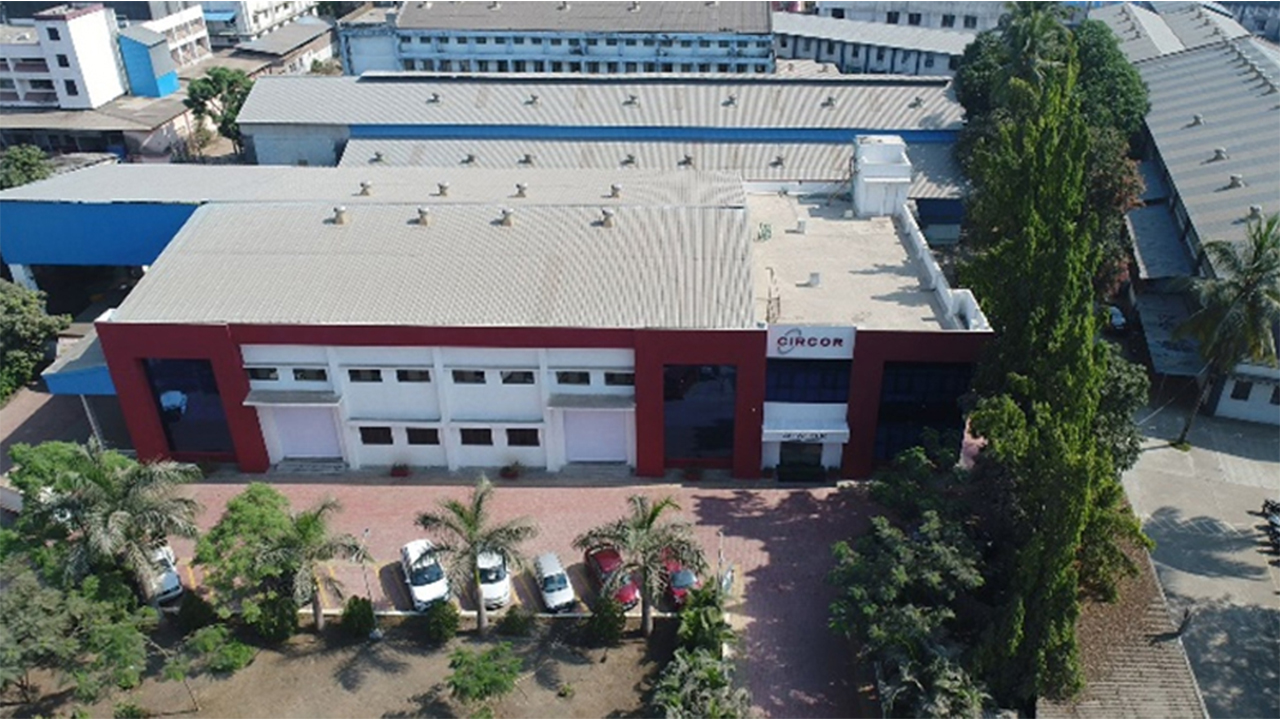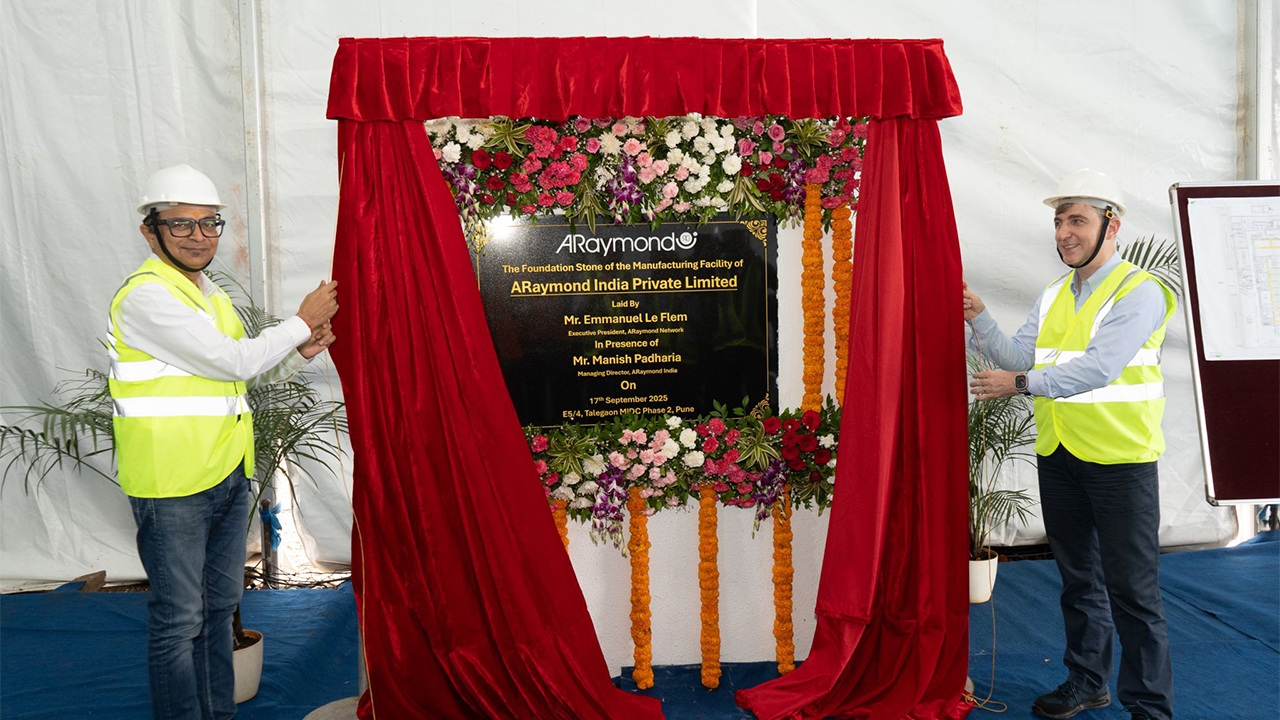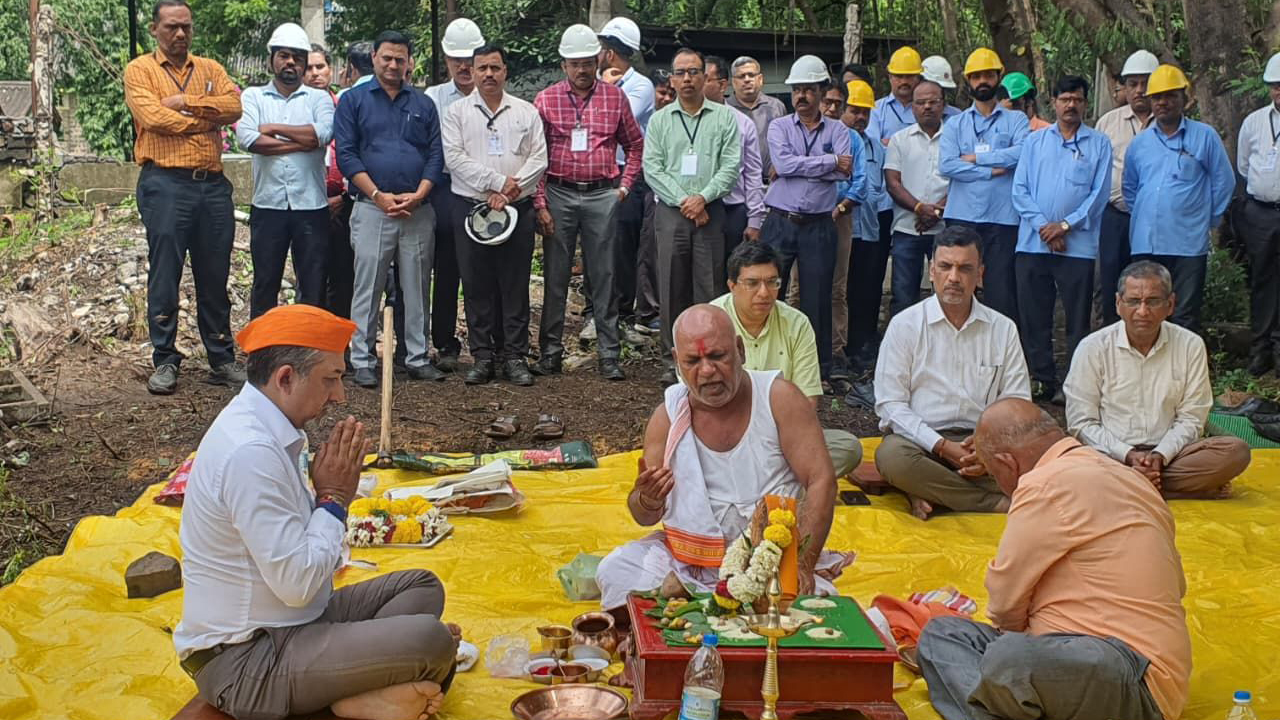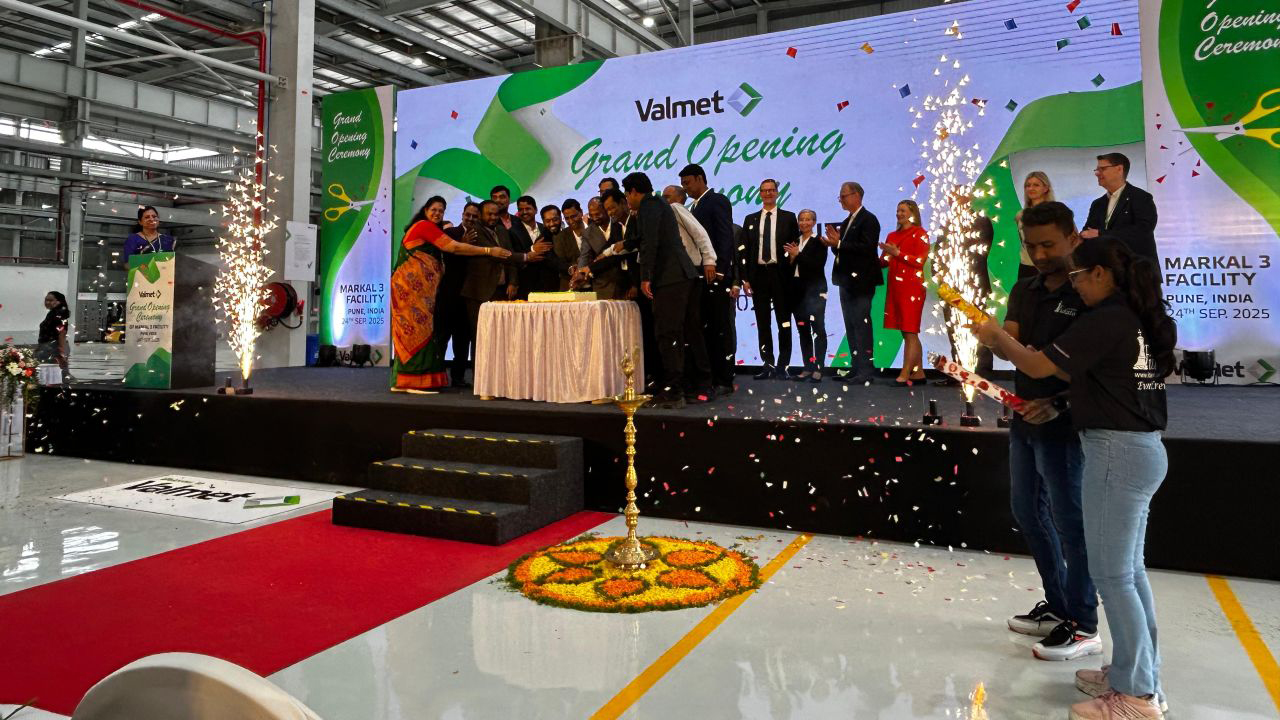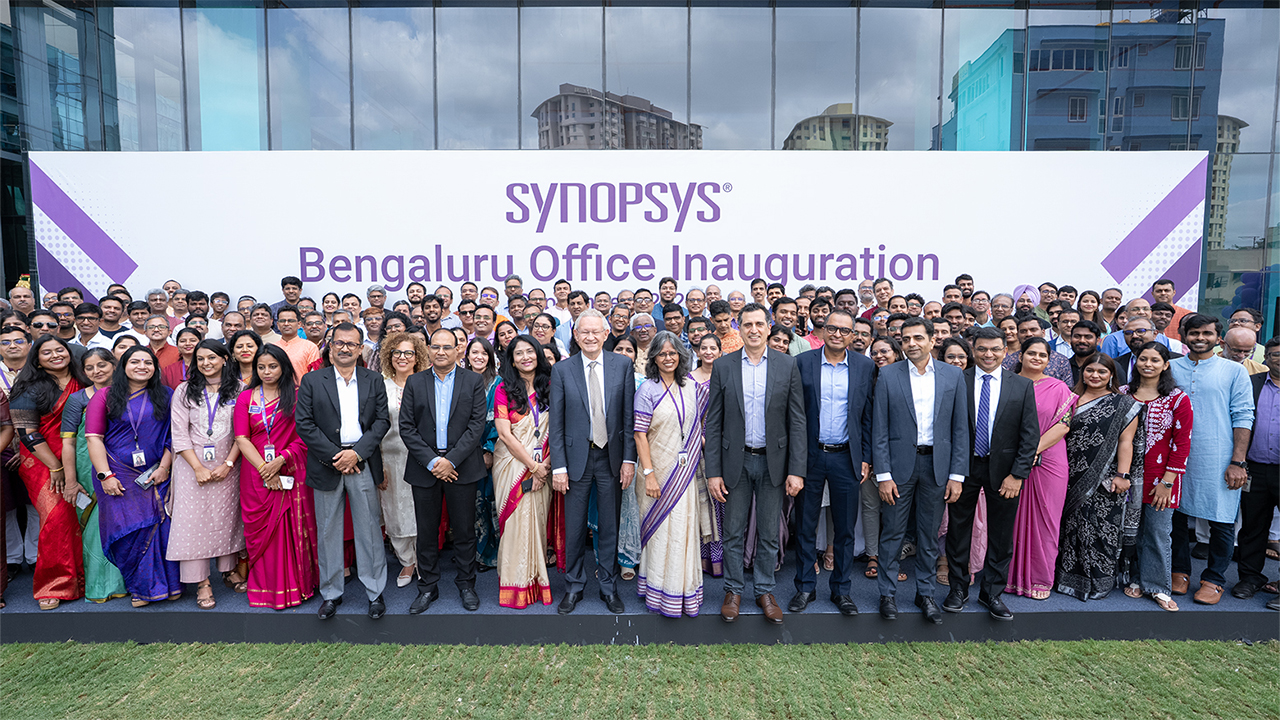February PMI Data reflects stronger improvement in the health of the Indian manufacturing sector
#PMIData #ManufacturingGrowth #IndianManufacturing“Latest PMI data for India’s manufacturing sector revealed an improvement in operating conditions in February. Output and new orders expanded at stronger rates, while buying activity continued. At the same time, sustained increases in backlogs could lead to higher employment levels in the months ahead should capacity pressures continue.” - Shreeya Patel, Economist at IHS Markit
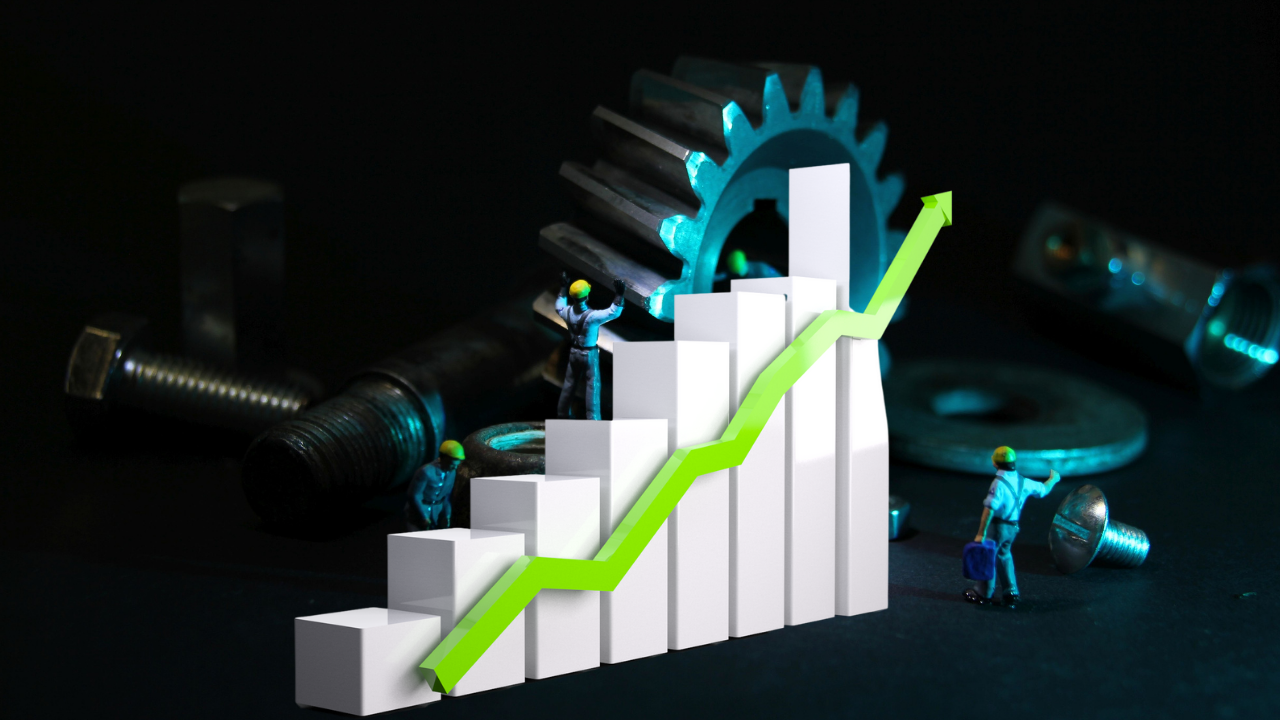
March 2022 : The February PMI data showed another improvement in the health of the Indian manufacturing sector as firms responded to strong increases in new work intakes by lifting production, input buying and stocks of purchases. Employment fell at the softest pace for three months, while favourable demand conditions supported an improvement in sentiment which reached the strongest since last October.
On the price front, strengthening demand for raw materials led to another marked rate of input price inflation, albeit one that was the softest for six months. Selling prices rose modestly, however.
The seasonally adjusted IHS Markit India Manufacturing Purchasing Managers’ Index® (PMI®) was at 54.9 in February, up from 54.0 in January and signalling a stronger improvement in the health of the sector. Growth has now been seen in each of the last eight months, with the headline figure remaining above its long-run average of 53.6.
Central to the expansion was a faster uplift in new business inflows. Anecdotal evidence pointed to supportive demand conditions and higher sales to both new and existing clients.
Similarly, demand from international clients rose moderately and at the quickest pace for three months.
Sustained sales growth supported a further upturn in manufacturing sector output in February. The rise in production was the eighth in successive months and quickened from that seen in January. New orders and output rose across each of the three broad areas of the manufacturing sector. For both measures, rates of expansion picked up at intermediate and capital goods firms but eased at consumer goods makers. Nevertheless, consumer goods was the best-performing sector in February, and for the third month in a row.
There were some signs of capacity pressures at Indian manufacturers, with backlogs rising marginally. Despite this, and a pick-up in demand, employment decreased. The overall rate of job shedding was only fractional, however. Indian manufacturers raised their buying activity in February, in conjunction with higher output and new order inflows. The rate of growth was sharp, but moderated for the third successive month. Greater purchasing activity and expectations of higher output in the months ahead led to a solid rate of pre-production inventory growth. Meanwhile, stocks of finished goods fell solidly.
Commenting on the latest survey results, Shreeya Patel, Economist at IHS Markit, said: “Latest PMI data for India’s manufacturing sector revealed an improvement in operating conditions in February. Output and new orders expanded at stronger rates, while buying activity continued. At the same time, sustained increases in backlogs could lead to higher employment levels in the months ahead should capacity pressures continue. There were, however, some key concerns that continued to threaten growth. Most prominently, costs pressures remained elevated as a result of shortages while delivery times lengthened once again. However, a key threat to manufacturers comes from only marginal increases in selling prices. Despite expenses rising sharply, firms passed on only part of this burden to clients, suggesting pressure on profit margins. For now, India's manufacturing sector has weathered the storm of the Omicron variant, undoubtedly supported by the relatively high inoculation rate. Moreover, demand conditions showed notable signs of resilience and price pressures somewhat receded.”
With pandemic restrictions and supply issues persisting, delivery times lengthened again. The extent of the deterioration in supplier performance was, however, only mild. February's survey showed a further increase in average input costs faced by Indian manufacturers. Purchase price inflation was sharp, but softened to a six-month low. Part of this additional cost burden was passed on in the form of higher selling charges, though the rate of increase was modest.
Finally, business sentiment improved sharply midway through the quarter, underpinned by business expansion plans, a return to normality and hopes for fruitful marketing. The degree of optimism remained below its long-run average, however.
NEWSLETTER
TRENDING ON PRO MFG
MORE FROM THE SECTION




